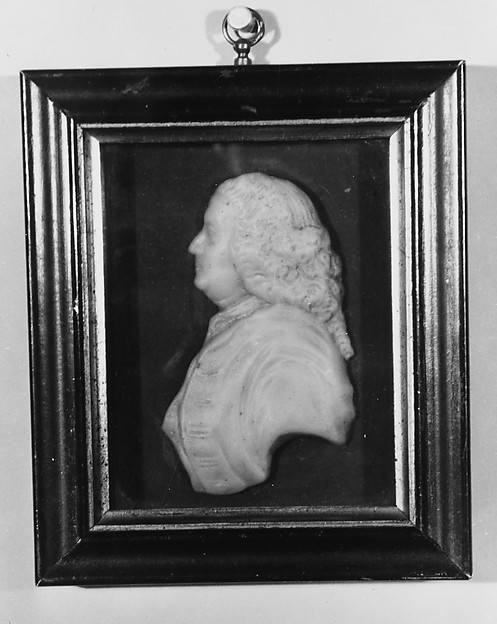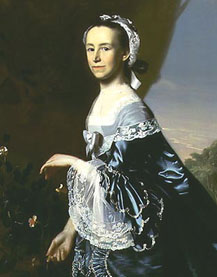 |
| Bow and arrows. |
Rebecca Motte
An ardent patriot and a widow, Rebecca sent her slaves to defend Charleston. When the British overtook her property and forced her and her children to leave, she was approached by Francis Marion, an American soldier. He and his troops were ordered to expel the British from "Fort Motte." The soldiers intended to burn down the house, but knew of the hardship that Rebecca had already endured. Rebecca, forever loyal, not only agreed to the plan, but supplied the bow and arrows to do the job. Fortunately, American soldiers were able to save the house, and Rebecca served them dinner that very evening.







